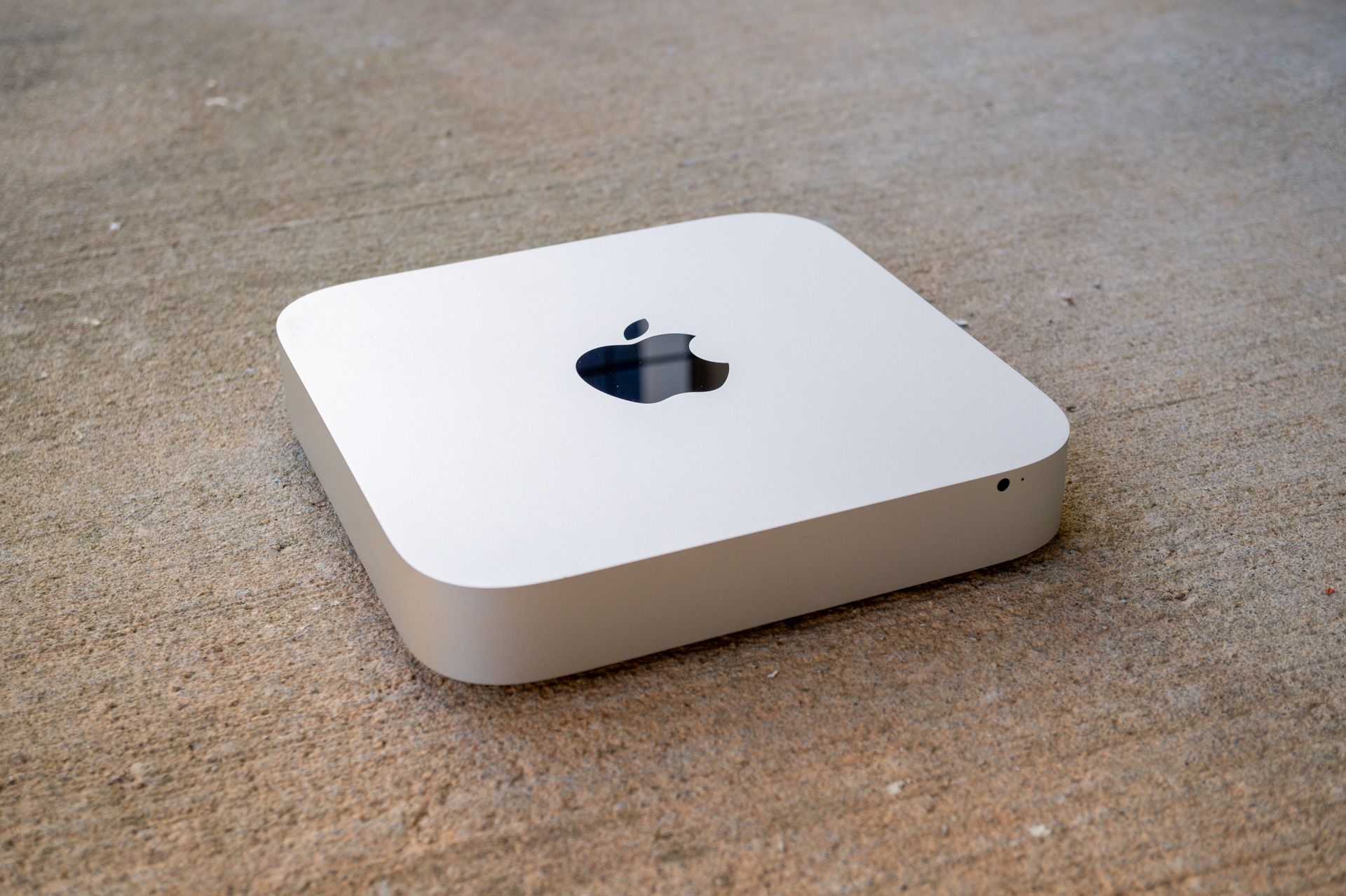Amazon Kindle Paperwhite (2024) review: slightly larger, slightly faster, slightly better
/cdn.vox-cdn.com/uploads/chorus_asset/file/25799335/247464_Kindle_Paperwhite_ALiszewski_0001.jpg)
Three years have passed since Amazon last updated its flagship e-reader, and while this year’s Kindle lineup seemed focused on Amazon’s first color offering, the Paperwhite still got some welcome improvements. With a higher-contrast screen and snappier performance, the 12th-generation Kindle Paperwhite remains the best e-reader on the market.
I tested the $199.99 Kindle Paperwhite Signature Edition, which is $40 more than the $159.99 basic Paperwhite. The screen and internals are the same, but the Signature Edition includes an ambient light sensor for automatic brightness adjustments, 32GB of storage rather than 16GB, no lockscreen ads, wireless charging, and a metallic finish on the back. The metallic jade version I was sent looked great (metallic black and raspberry are also options) but felt slightly less grippy than the plastic of the base Paperwhite.
The new Paperwhite features a 300ppi screen with a small bump in size from 6.8 to seven inches — not really enough to be noticeable, but enough to let you squeeze a few extra lines of text on a page. Thanks to smaller bezels, the new Paperwhite is just a few millimeters larger than the previous version while managing to be slightly thinner; in use, it feels nearly identical. This year’s model also brings the display flush with the bezels, although it’s another subtle improvement.
What is noticeable is the increased contrast. Thanks to the use of an oxide thin-film transistor on the screen, the new Paperwhite has the highest contrast ratio of any e-reader I’ve ever tested. The benefits aren’t immediately obvious when you’re reading plain text, but the deeper blacks make the screen look closer to an actual printed page. It gives illustrations, pictures, and book covers more pop and presence, and makes comics and manga panels look sharper. The new screen occasionally made some of the fine text in Jonathan Hickman and Marco Checchetto’s Ultimate Spider-Man: Married with Children appear bolder and easier to read without zooming in.
It’s not a feature that’s as flashy as a color E Ink screen, but it’s easily the new model’s best upgrade, and it’s going to make it hard to return to my Kobo Libra 2.
Amazon has also improved the new Paperwhite’s lighting, giving the screen a more neutral tone at its default settings. The last generation Paperwhite’s screen skews a little cooler, but with both Paperwhite models’ warmth sliders turned up, the differences are indistinguishable.
This is also the first Paperwhite to use a dual-core processor (the Oasis, rest in peace, had a dual-core processor back in 2017). The 1GHz Mediatek CPU would be painfully slow for a device with an LCD screen, but it makes a big difference on an e-reader. Amazon’s claims of 25 percent faster page turns weren’t noticeable when I was reading text — the refresh rate of the E Ink screen is the limiting factor there — but I was genuinely surprised at how much faster it opened half-gigabyte, image-heavy PDF files I sideloaded. On the 11th-generation Paperwhite there’s a pause that makes me wonder if the device is going to choke on the files, but the new Paperwhite opens them instantaneously and flips through the pages nearly as fast as it does with plain text.
The user interface also feels faster. It’s still not as fast or responsive as a smartphone or tablet, and zooming in and out of comics and photos can still feel sluggish, but scrolling through book lists, navigating Amazon’s book store, and popping in and out of various menus is satisfyingly speedy. Or at least as speedy as it can be with the limitations of E Ink.
Amazon claims the new Paperwhite can be used for up to 12 weeks between charges, but that’s when limiting your reading to just 30 minutes a day at half screen brightness and wireless features turned off. After an hour reading, jumping back and forth between books and PDFs, and browsing other titles on Amazon’s online store with screen brightness set to 75 percent, the new Paperwhite lost five percent of its charge. With that daily routine I’d expect to squeeze about three weeks out of the Paperwhite’s battery, and potentially even longer if I wasn’t so indecisive about what I was reading.
If you’re a Kindle user who’s upgraded in the past few years, the new Paperwhite’s functionality will feel familiar. If you’re switching from competitors like Kobo, you may find yourself running into some frustrating limitations. Sideloading documents like PDFs or ePUB files is harder than it needs to be, since Kindle devices no longer connect to computers as external drives. You need to use Amazon’s online services or desktop apps to get e-books and other documents onto the Paperwhite, and both options are clunky.
Text customization is also limited in the Kindle OS compared to Kobo devices, which offer finer adjustments for font size, line spacing, and margins. Although I find the Paperwhite’s formatting options too simplified, I can see the appeal for those wanting a device that’s very easy to use. I like that you can save your adjustments as custom themes — it’s a feature I wish Kobo would add — but I can’t understand why Amazon limits each device to just five custom themes.
Borrowing library books is also easier on a Kobo. The new Paperwhite still requires you to use the Libby app or website on a separate device to browse and borrow titles. Kobo’s e-readers have Overdrive built-in, and while they do obfuscate the borrowing process, you don’t need to pull out your phone to do so.
But Kobo seems to be focusing on color e-readers and larger E Ink note-taking devices these days, and its black-and-white e-reader options are now limited. The $129.99 Kobo Clara BW uses the same E Ink Carta 1300 screen as the new Paperwhite, but it’s only six inches, and its contrast doesn’t look as good. Its all-plastic body and sunken screen also feel cheaper than the new Paperwhite’s. And while the $269.99 Kobo Sage has page turn buttons and stylus support, it’s more of a hybrid e-reader and note-taking device; I find that the eight-inch screen makes it too big to be a take-anywhere e-reader.
Although it’s not a significant upgrade, the new Kindle Paperwhite remains the best e-reader you can buy, with a beautiful black-and-white screen that feels closer to printed paper than any e-reader I’ve tested and a UI that’s faster and more responsive than the previous version. If you’re on the hunt for your first e-reader, the new Paperwhite should be at the top of your list.
Although the basic Amazon Kindle is cheaper at $109.99, the better screen, adjustable warmth lighting, and waterproofing — extra insurance if you read in the bath or at the beach — make the new Paperwhite worth the extra money.
Is the Signature Edition worth an extra $40? Wireless charging isn’t necessary given the Paperwhite’s battery life, and it can be frustrating to align properly. But the ambient light sensor can save you the swipe and tap needed to adjust screen brightness manually if you take your Kindle everywhere (warmth settings don’t automatically adjust) and extra storage is always welcome on a device with no memory card slot. When you factor in the $20 Amazon charges to remove lockscreen ads from the basic Paperwhite, the Signature Edition is the way to go.
Unless you read a lot of large PDF files and are frustrated by laggy performance, the new Paperwhite isn’t a necessary upgrade over the 2021 model. But it’s a different story if you’ve got an even older Paperwhite model or other aging Kindle. When you add up the past six years of improvements — including USB-C, color-temp-adjustable lighting, a larger screen with better contrast, and better performance — it’s probably time to consider an upgrade.
Photography by Andrew Liszewski / The Verge
Source link










